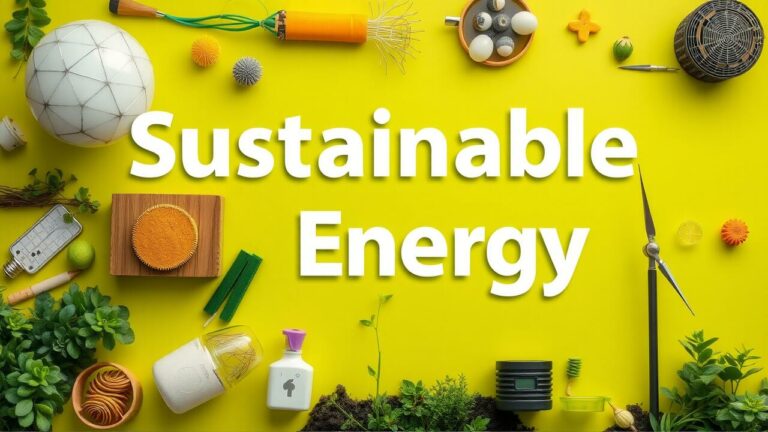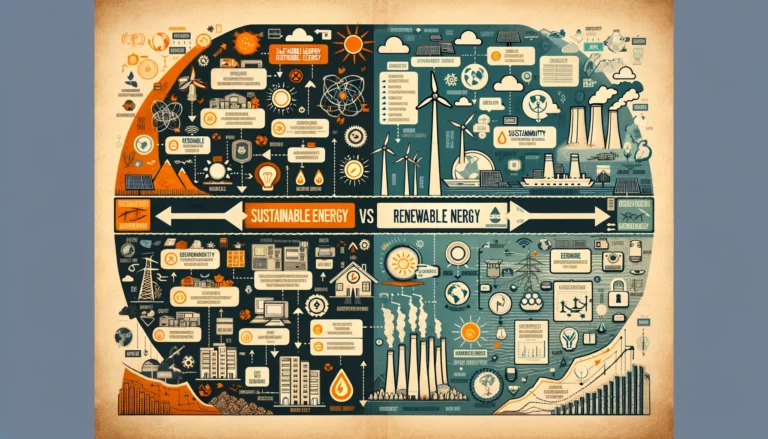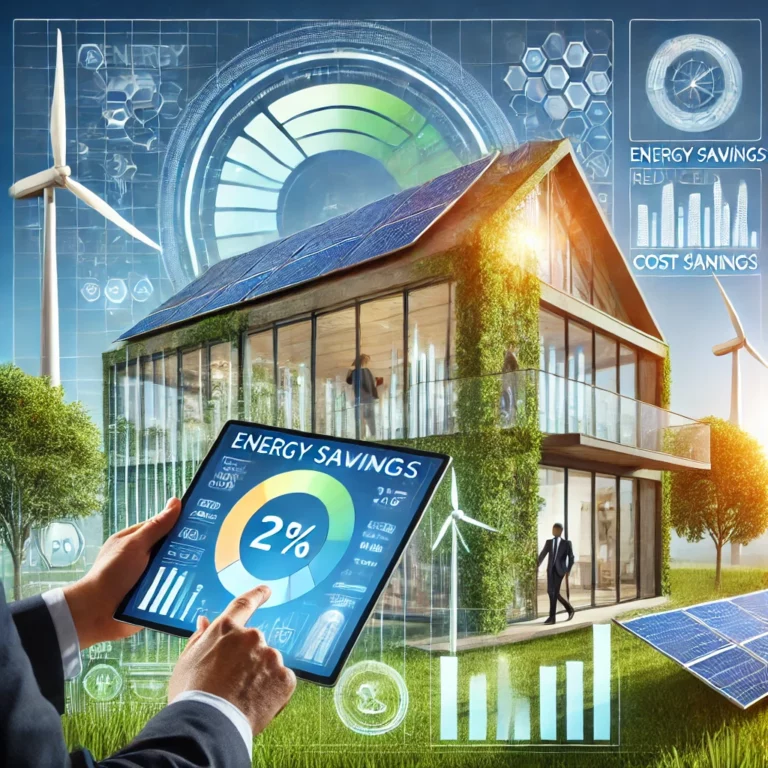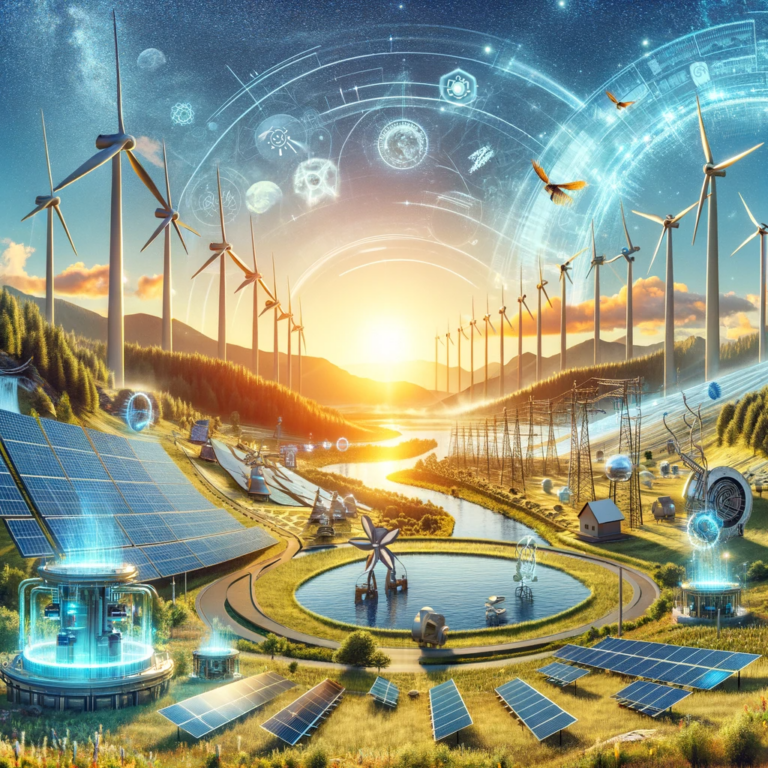In the realm of sustainable energy, hydropower projects hold a unique position, offering not only a clean and renewable source of power but also presenting compelling economic advantages. This article delves into the economic viability of hydropower, exploring the factors that contribute to its financial attractiveness and the challenges it faces in the competitive energy market.

The Financial Currents of Hydropower
Hydropower projects are known for their substantial initial investment costs, primarily due to the construction of dams, reservoirs, and powerhouses. However, the long-term economic benefits often outweigh these upfront expenses. The relatively low operational and maintenance costs, combined with the long lifespan of hydropower plants, typically 50 to 100 years, make them economically appealing in the long run.
Revenue Streams: Beyond Electricity Generation
Hydropower projects generate revenue not only from electricity production but also through ancillary services such as flood control, irrigation, water supply, and recreational opportunities. These multifaceted benefits add layers of economic value, enhancing the overall viability of hydropower investments.
The Role of Government Policies and Incentives
Government policies and incentives play a crucial role in shaping the economic landscape of hydropower projects. Subsidies, tax incentives, and supportive regulatory frameworks can significantly reduce financial risks and attract investment. Moreover, carbon pricing mechanisms and renewable energy certificates add financial value to the clean energy produced by hydropower, further boosting its economic viability.
Financing Models and Investment Trends
The financing of hydropower projects has evolved, with a mix of public, private, and public-private partnerships driving the sector. Innovative financing models, such as green bonds and climate funds, have emerged, offering new avenues for investment and highlighting the growing confidence in the economic potential of hydropower.
The Impact of Technological Advancements
Technological advancements in turbine efficiency, construction materials, and project design have reduced costs and increased the efficiency of hydropower plants. These innovations not only improve the economic returns but also expand the potential for hydropower development in previously untapped locations.
Navigating Economic Challenges
Despite its advantages, hydropower faces economic challenges, including fluctuating water availability due to climate change, competition from other renewable energy sources, and social and environmental considerations that can lead to additional costs. Addressing these challenges requires a balanced approach that considers both economic and environmental sustainability.
Case Studies: Success Stories and Lessons Learned
The article would not be complete without examining real-world examples of economically successful hydropower projects, as well as those that faced hurdles. These case studies provide valuable insights into best practices, risk management strategies, and the critical factors that contribute to the economic success of hydropower projects.
Conclusion: Hydropower’s Place in the Sustainable Energy Economy
Hydropower projects stand as a testament to the synergy between economic viability and environmental sustainability. As the world continues to pivot towards renewable energy, understanding the economic aspects of hydropower is essential for stakeholders to make informed decisions about its development and integration into the broader energy landscape.






